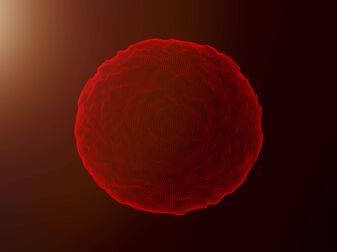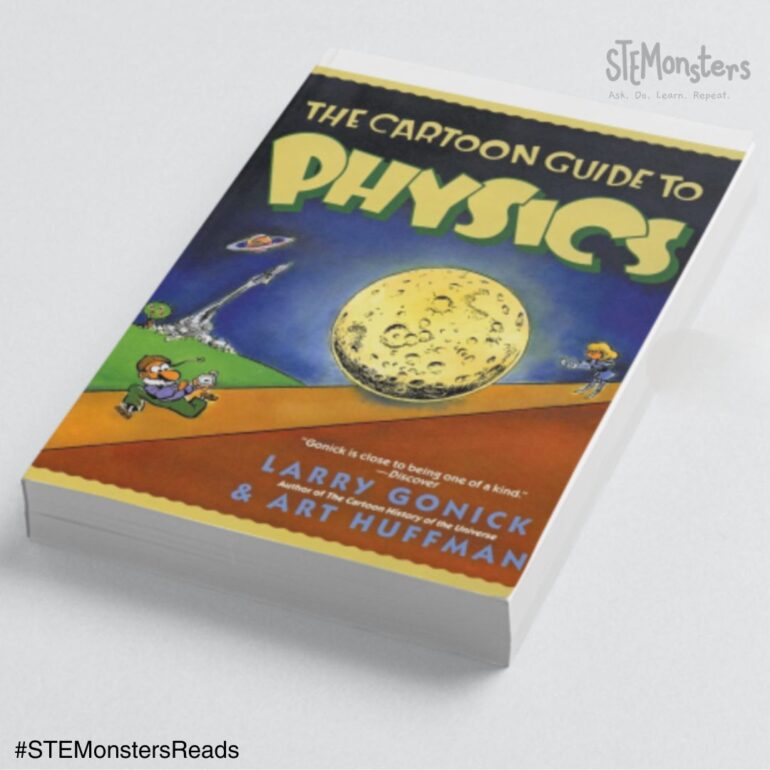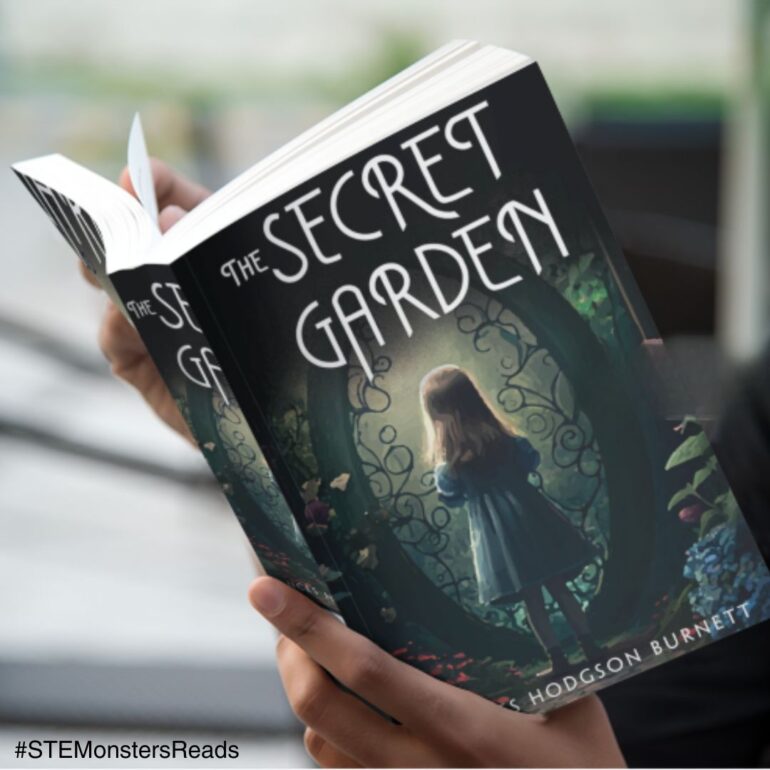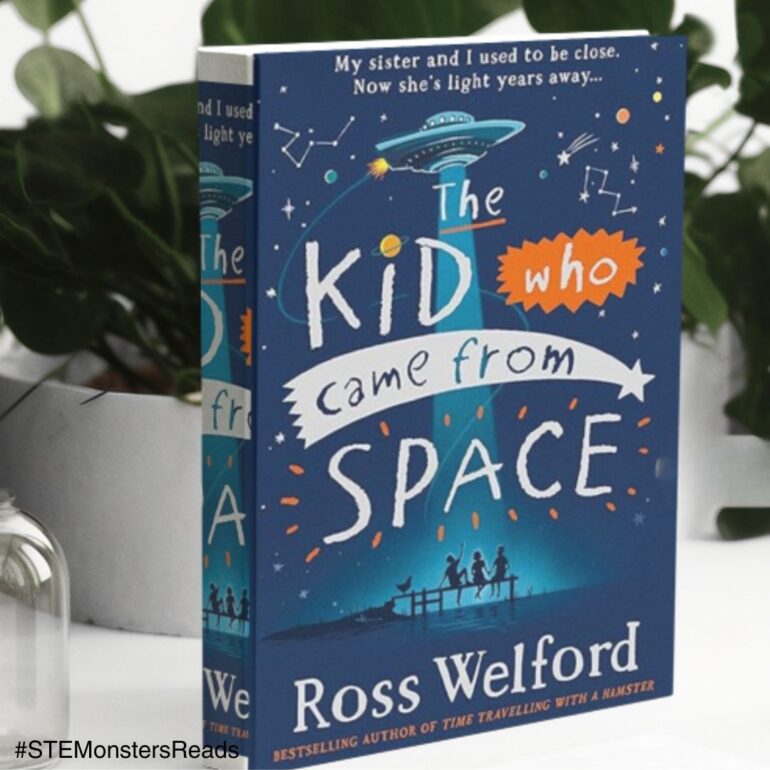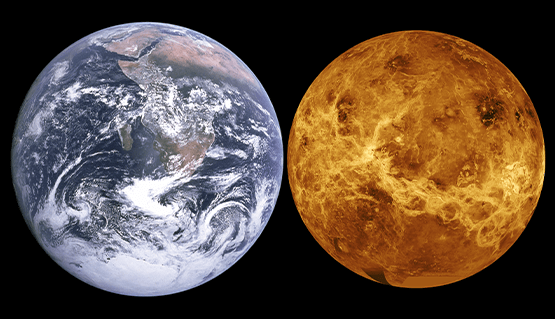- Shreya: What is the smallest building block of matter around us?
- I: Atoms
- Shreya: Are atoms living?
- I: Not by themselves
- Shreya: What is the smallest building block of living things?
- I: Cells
- Shreya: But cells are made up of atoms & molecules, right?
- I: Yes
- Shreya: Then, how and when does a collection of atoms & molecules that are non-living by themselves can get together to make cells that are living??
A question that is still unanswered for most parts … I will only attempt to answer it in a manner that a middle-schooler can comprehend…
There is currently no common agreement on any one definition of life. The most popular definition of a living thing is that they:
are composed of cells
- Require energy to grow (metabolism)
- Have a life cycle
- Can grow and adapt to their environment
- Respond to stimuli
- Reproduce and evolve
The basic buidling block of a living thing is a cell, which was first discovered by Robert Hooke in 1665. And a cell is made up of many molecules combined together in the form of proteins and nucleic acids. Energy flow (converting food into energy) occurs within cells, and all cells have the same basic chemical composition. But most importantly, all cells come from pre-existing cells by cell division.
Since the cell is the first and basic building block of life, it still has to be made up from the basic building blocks of non-living things – atoms and molecules. However, till date, scientists do not know for sure how a combination of non-living molecules became a “living” cell rather than a “non-living” material like steel maybe. Till date, scientists have also not been able to make a “living cell”. Although they are very close to making artificial “life-like cells” that can perform many of the functions of a real living cell. A greater understanding to questions such as this will define how and what we will be looking for as alien life in future!

